In the vast theater of animal migration, birds have always been the undisputed champions of long-distance travel. Among their remarkable journeys, one stands out as the pinnacle of avian endurance: the longest nonstop bird flight ever recorded. This extraordinary feat showcases nature’s engineering at its finest – a perfect fusion of efficient anatomy, remarkable physiology, and instinctual navigation that allows certain species to travel thousands of miles without a single touchdown. The record-holder’s journey challenges our understanding of physical limits and reminds us that sometimes truth is more astonishing than fiction. Let’s explore this marvel of natural endurance that continues to captivate scientists and bird enthusiasts worldwide.
The Record-Breaking Bar-tailed Godwit
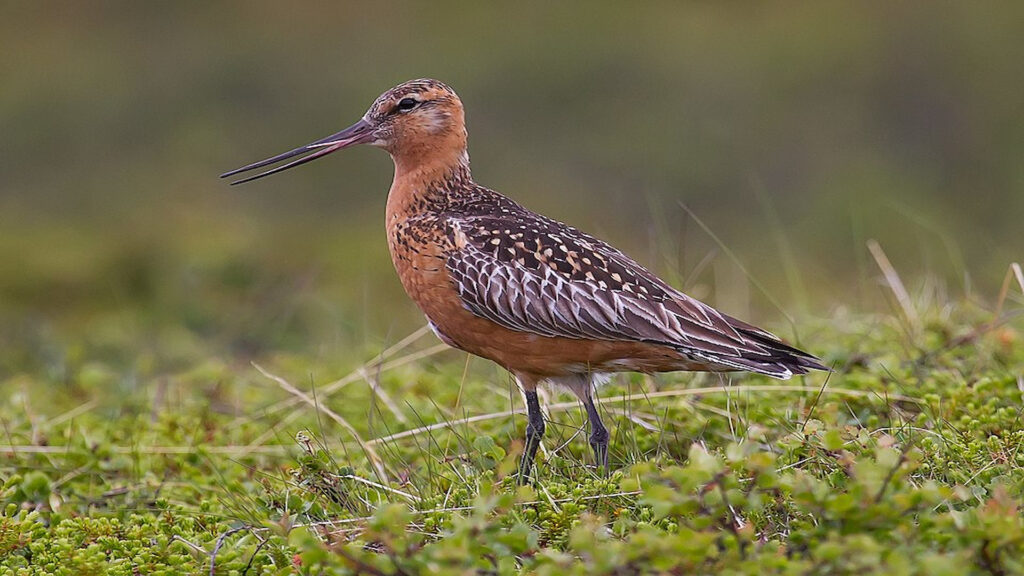
The current record holder for the longest nonstop bird flight belongs to the bar-tailed godwit (Limosa lapponica), a relatively unassuming shorebird with extraordinary capabilities. In 2020, scientists tracked a male bar-tailed godwit identified as “4BBRW” as it flew nonstop from Alaska to New Zealand, covering an astounding 12,200 kilometers (7,581 miles) over 11 days without a single stop for food, water, or rest. This shattered the previous record set by another godwit in 2007, which had flown 11,680 kilometers (7,258 miles). The bar-tailed godwit doesn’t just hold the record – it repeatedly demonstrates this remarkable ability during its annual migration, making it one of the most impressive endurance athletes in the animal kingdom.
Tracking Technology That Revealed the Journey
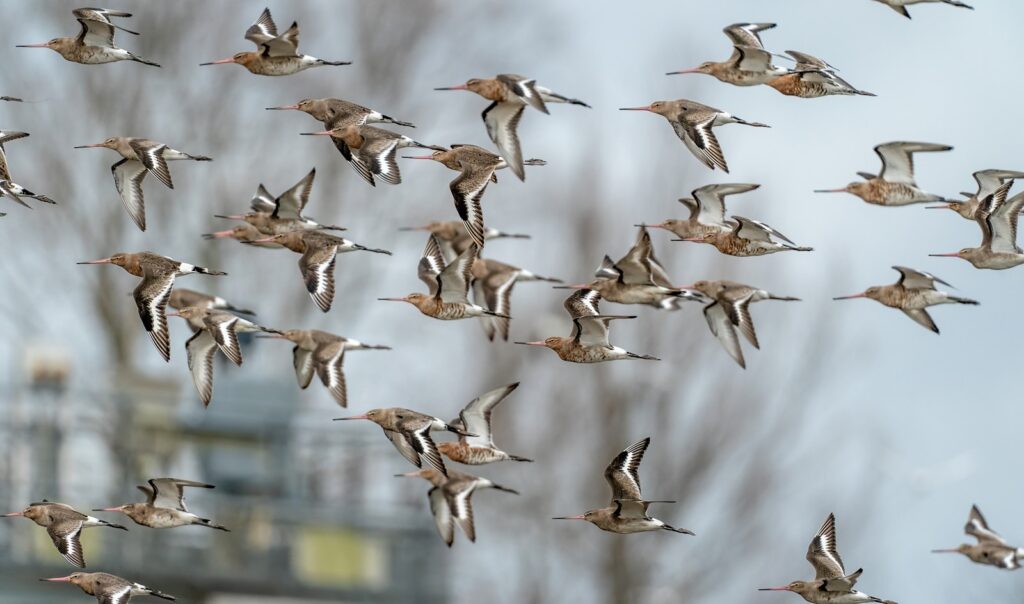
The discovery of these record-breaking flights would have been impossible without modern tracking technology. Scientists equipped the godwits with 5-gram satellite transmitters surgically implanted into their abdominal cavities, allowing researchers to follow their journeys in real-time across the vast Pacific Ocean. These transmitters, representing less than 1% of the birds’ body weight, send signals to orbiting satellites that relay positioning data to researchers worldwide. Before such technology existed, scientists could only speculate about these birds’ migration patterns based on periodic sightings at breeding and wintering grounds. The development of increasingly lightweight tracking devices has revolutionized our understanding of bird migration, revealing previously unimaginable feats of endurance and navigation.
The Remarkable Migration Route
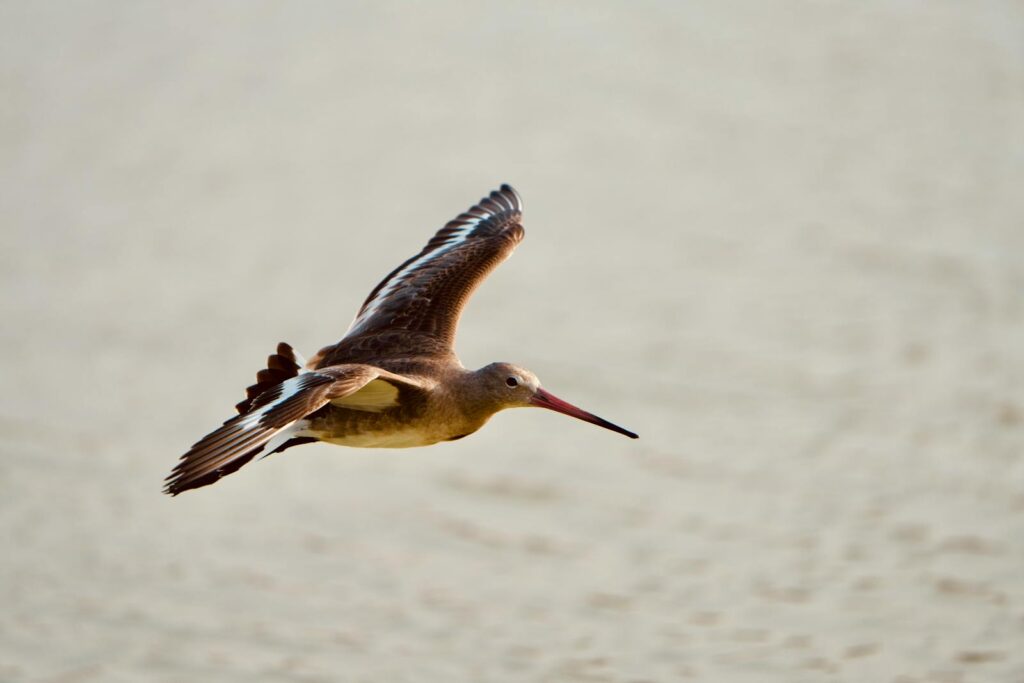
The bar-tailed godwit’s migration path takes it across the Pacific Ocean in a journey that seems to defy logic and safety. These birds breed in Alaska during the northern summer and then fly to New Zealand and eastern Australia for the southern hemisphere’s summer. Perhaps most remarkably, the godwits do not follow coastlines or island-hop across the Pacific – they launch themselves directly over open ocean with no possibility of stopping. This route exposes them to changing weather patterns, potential storms, and variable wind conditions for more than a week straight. Scientists believe they choose this direct route despite its dangers because it’s ultimately more efficient than a longer, potentially safer coastal route that would require more total energy.
Physiological Adaptations for Marathon Flight
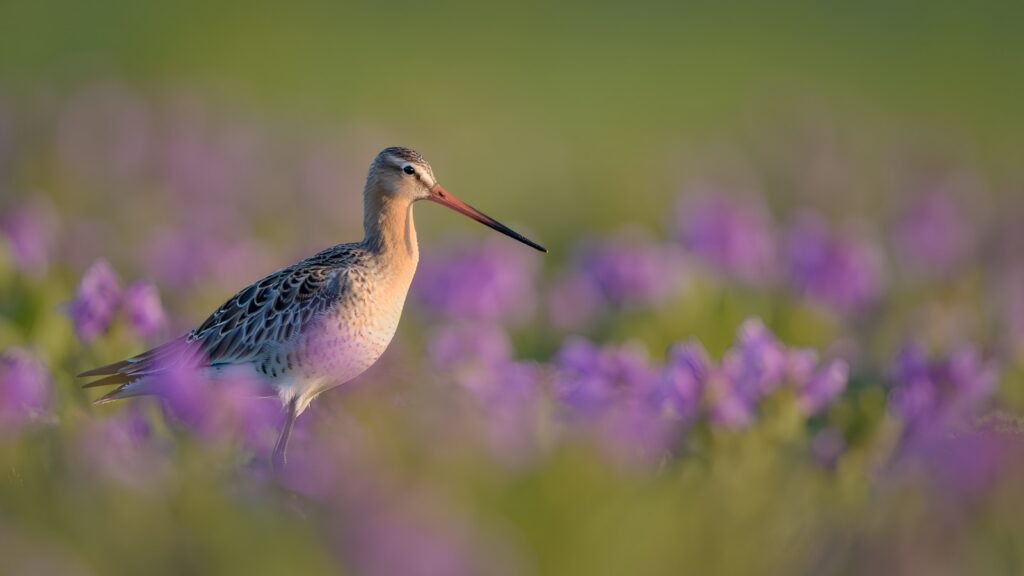
The bar-tailed godwit possesses several extraordinary physiological adaptations that make its record-breaking flights possible. Before migration, these birds undergo hyperphagia – extreme overeating that allows them to nearly double their body weight, with much of this weight gain being stored as fat that serves as flight fuel. Their bodies also undergo a remarkable transformation called premigratory hypertrophy, where flight muscles enlarge while digestive organs shrink temporarily, essentially converting the bird into a flying machine optimized for endurance. Additionally, godwits can reduce the size of non-essential organs during flight to minimize weight and maximize efficiency. Perhaps most impressively, they appear able to sleep during flight using unihemispheric slow-wave sleep – resting one half of their brain while the other half remains alert.
Fueling a Week-Long Flight
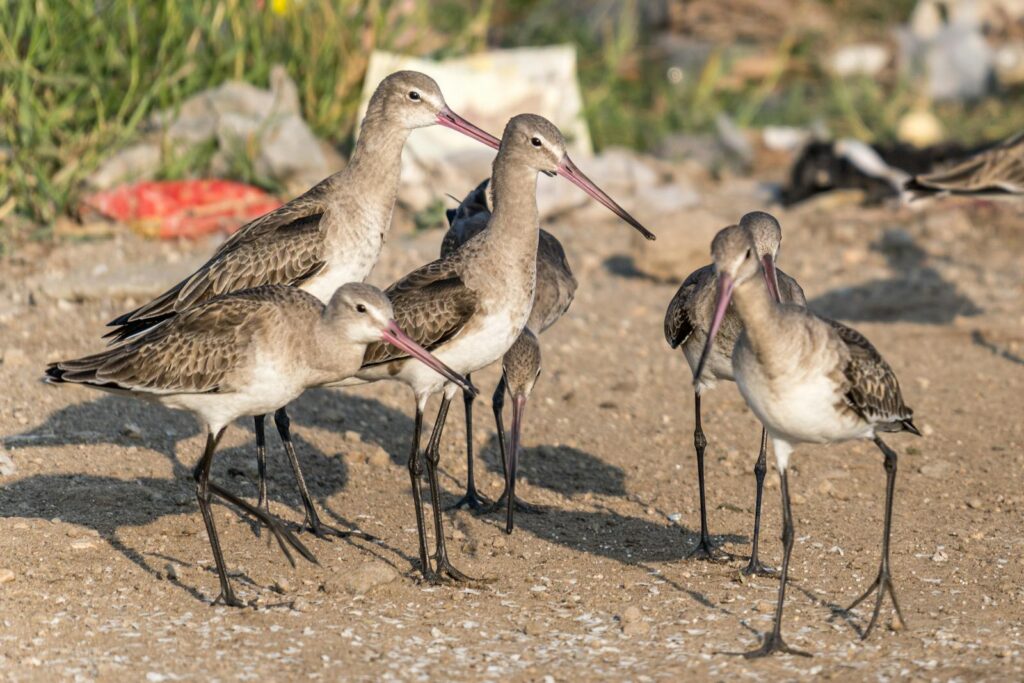
The energetic requirements for such a marathon flight are staggering, requiring careful preparation and efficient fuel utilization. Before departing Alaska, godwits spend several weeks feeding intensively on clams, worms, and other invertebrates rich in fats and proteins. They convert this food into fat stores that can constitute up to 55% of their total body weight at departure – an extreme transformation that would be pathological in humans but is life-saving for these birds. During flight, godwits burn this fat at a carefully regulated rate, extracting approximately eight times more energy per gram than carbohydrates would provide. Research indicates they burn about 0.5% of their body weight per hour during migration, arriving at their destination dramatically slimmer but still with enough reserves to survive if feeding conditions aren’t immediately favorable.
Navigation Mysteries
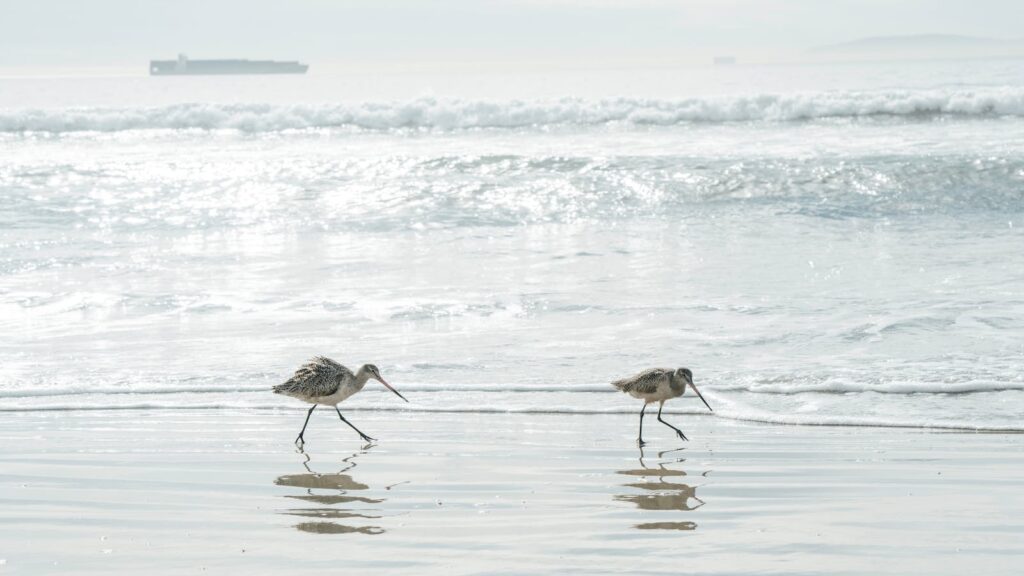
How bar-tailed godwits navigate across featureless ocean remains one of ornithology’s most fascinating questions. These birds must travel without landmarks while compensating for changing winds and weather patterns over their multi-day journey. Scientists believe they use a combination of navigation tools, including sensing Earth’s magnetic field through specialized cells containing magnetite, using the position of the sun and stars as celestial compasses, and possibly even detecting infrasound waves produced by ocean waves hitting distant shores. Most remarkably, juvenile godwits make this journey successfully their very first time without following experienced adults, suggesting their navigation abilities are largely innate rather than learned. This complex multi-sensory navigation system allows for course corrections during flight and helps explain how the birds achieve such precise arrivals after thousands of miles.
Weather Challenges During Migration
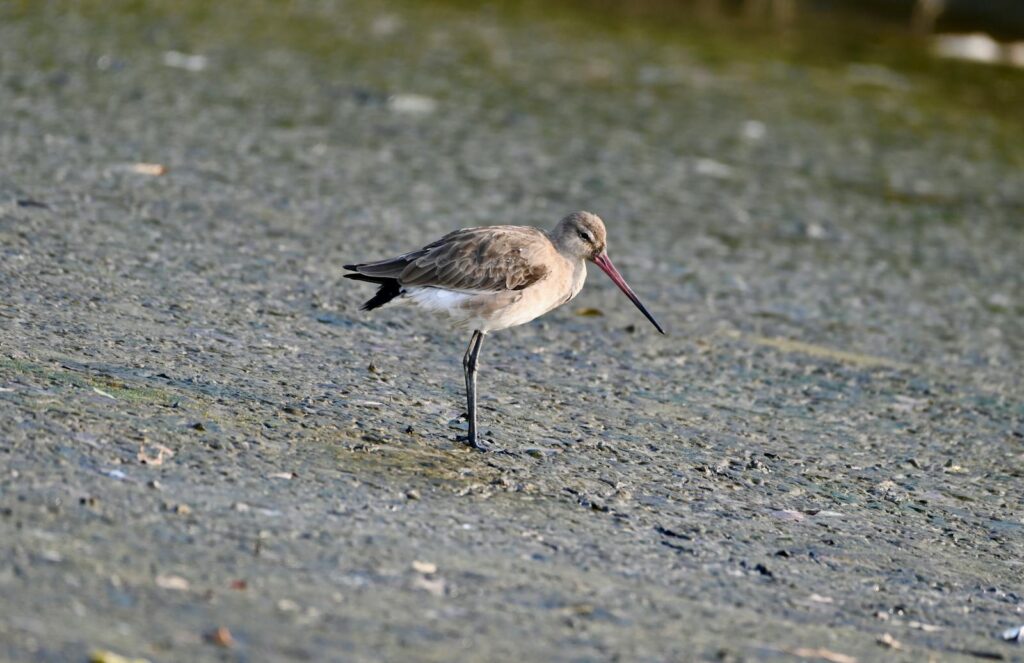
Weather represents both the greatest ally and the most serious threat to migrating godwits. These birds time their departures to coincide with favorable tailwinds that can significantly enhance their flight efficiency, potentially adding hundreds of miles to their range. However, this strategy comes with substantial risks, as unexpected weather systems can force birds to fly through headwinds, rainstorms, or cyclonic weather that dramatically increases energy expenditure. Researchers have documented godwits making significant course adjustments to avoid bad weather, sometimes adding substantial distance to their journey. Climate change poses an additional threat, as it alters the timing and patterns of weather systems that godwits have evolved to exploit, potentially creating mismatches between departure timing and optimal wind conditions.
Comparing With Other Long-Distance Flyers
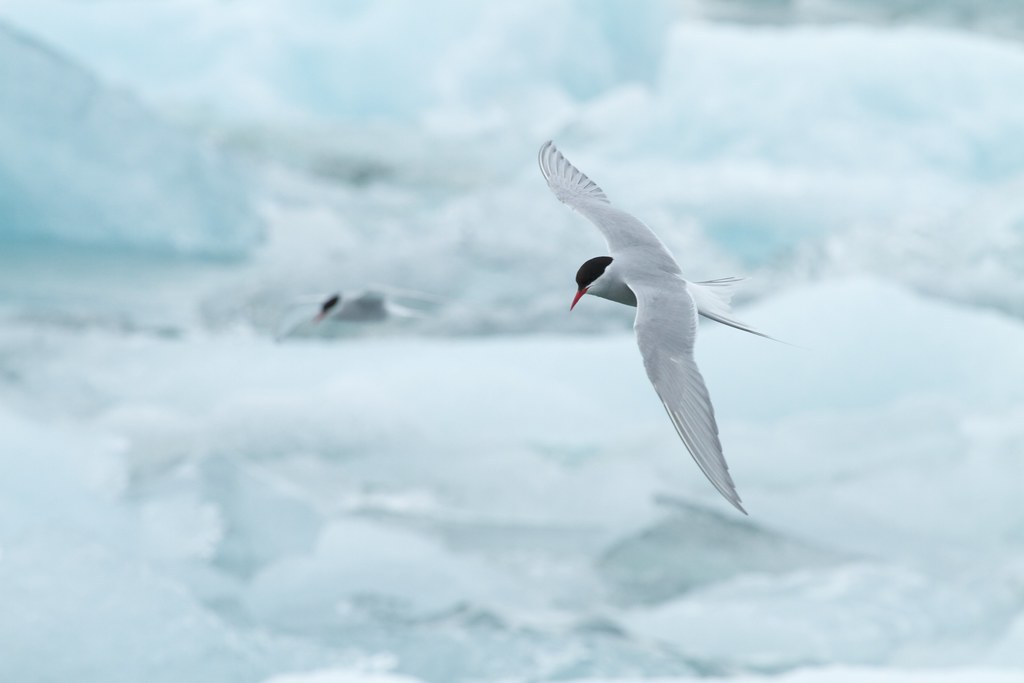
While the bar-tailed godwit holds the current nonstop flight record, several other bird species demonstrate remarkable long-distance flying abilities. The Arctic tern completes the longest annual migration of any bird, traveling from the Arctic to the Antarctic and back each year – a round trip of approximately 70,900 kilometers (44,000 miles) – though it makes multiple stops along its journey. Great frigatebirds can stay aloft for up to two months, though they’re soaring rather than continuously flapping. Alpine swifts have been documented staying airborne for over six months, eating and sleeping on the wing, though their flight patterns differ significantly from the godwit’s powered, directed migration. The godwit’s achievement stands out because it combines extreme distance with continuous powered flight without any opportunity for rest or refueling.
Conservation Implications

The extraordinary migration of the bar-tailed godwit highlights critical conservation concerns for long-distance migrants. These birds depend on intact habitat at both ends of their migration – Alaska’s breeding grounds and New Zealand’s coastal mudflats – as well as suitable pre-migration feeding areas where they build essential fat reserves. Coastal development, pollution, and climate change threaten these habitats, potentially jeopardizing the species’ ability to complete its record-breaking journeys. Additionally, because godwits concentrate in relatively few locations during certain periods, they’re vulnerable to localized disturbances or habitat loss. Conservation efforts must consider the entire migration cycle, protecting not just breeding and wintering grounds but also the energetic requirements that make these marathon flights possible.
Scientific Questions That Remain
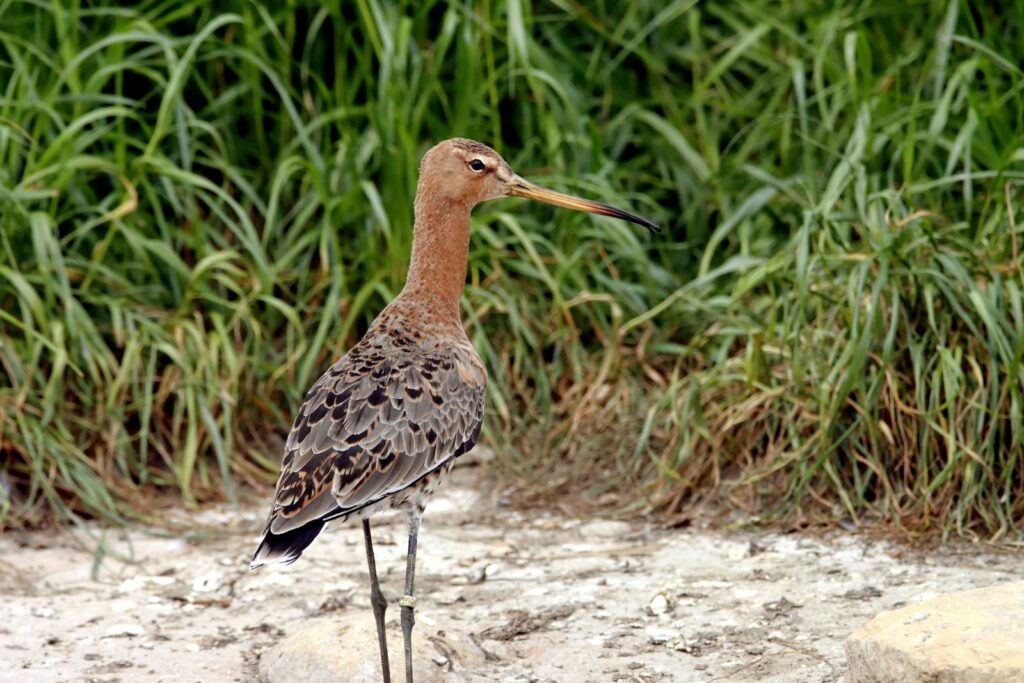
Despite significant research, many aspects of the godwit’s remarkable flight remain mysterious to scientists. Researchers still don’t fully understand how these birds maintain muscle integrity during such prolonged exercise, when human muscles would suffer significant breakdown under similar conditions. The exact nature of sleep during migration remains poorly documented – how much do godwits sleep, and is it sufficient for cognitive function? Scientists also question how godwits assess their fuel reserves and make decisions about when conditions are suitable for departure. Perhaps most intriguing is how juvenile birds prepare physiologically and navigationally for a journey they’ve never undertaken before. These questions represent exciting frontiers in ornithological research and may have applications in fields ranging from sports medicine to aviation fuel efficiency.
Cultural Significance

The extraordinary journey of the bar-tailed godwit has deep cultural significance, particularly for indigenous peoples of New Zealand and Alaska. To Māori, the godwit (known as kūaka) holds special importance in cultural stories and as an indicator of seasonal change, with traditional knowledge recognizing these birds’ arrival and departure long before scientific tracking confirmed their amazing journey. Several Māori proverbs reference the mysterious coming and going of godwits, indicating ancient awareness of their remarkable migration. Similarly, Alaska Native communities incorporated observations of godwit behavior into their traditional ecological knowledge. Today, the godwit’s flight captures public imagination globally as a symbol of natural endurance and determination, inspiring conservation efforts and artistic expressions from literature to sculpture.
Future Research Directions
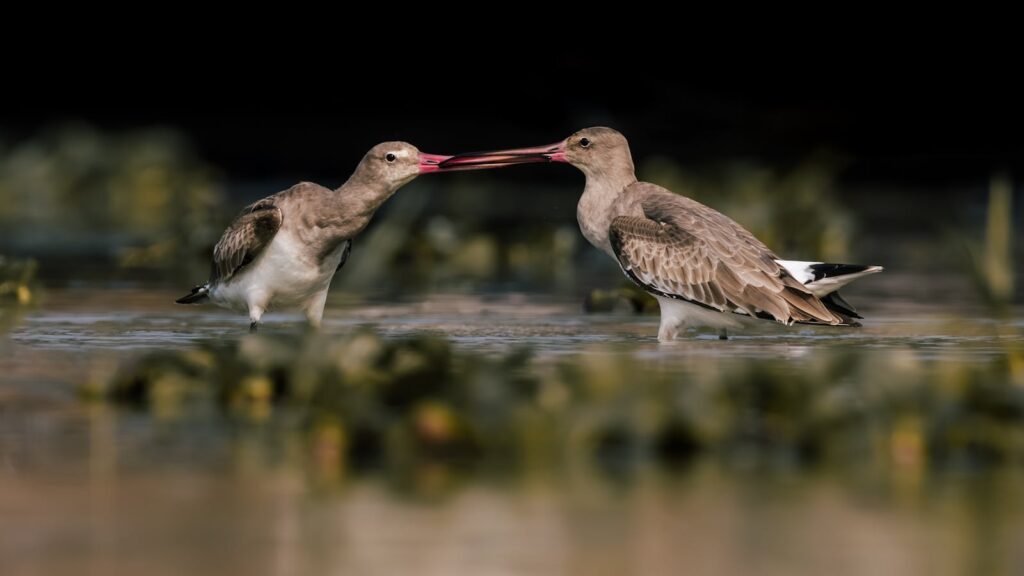
The study of extreme bird migration continues to evolve with technological advancements. Future research aims to develop even smaller, lighter tracking devices that can monitor physiological parameters like heart rate and body temperature throughout migration, providing insights into how birds regulate energy expenditure during these marathon flights. Genetic studies are investigating whether certain genetic profiles predispose particular individuals to migration success. Scientists are also designing studies to understand how climate change is affecting migration timing, routes, and success rates. Interdisciplinary research bridging ornithology, meteorology, and physics promises deeper understanding of how birds interact with atmospheric conditions during long-distance flight, potentially informing more efficient aircraft design or novel drone technologies.
The Legacy of a Record-Breaking Flight
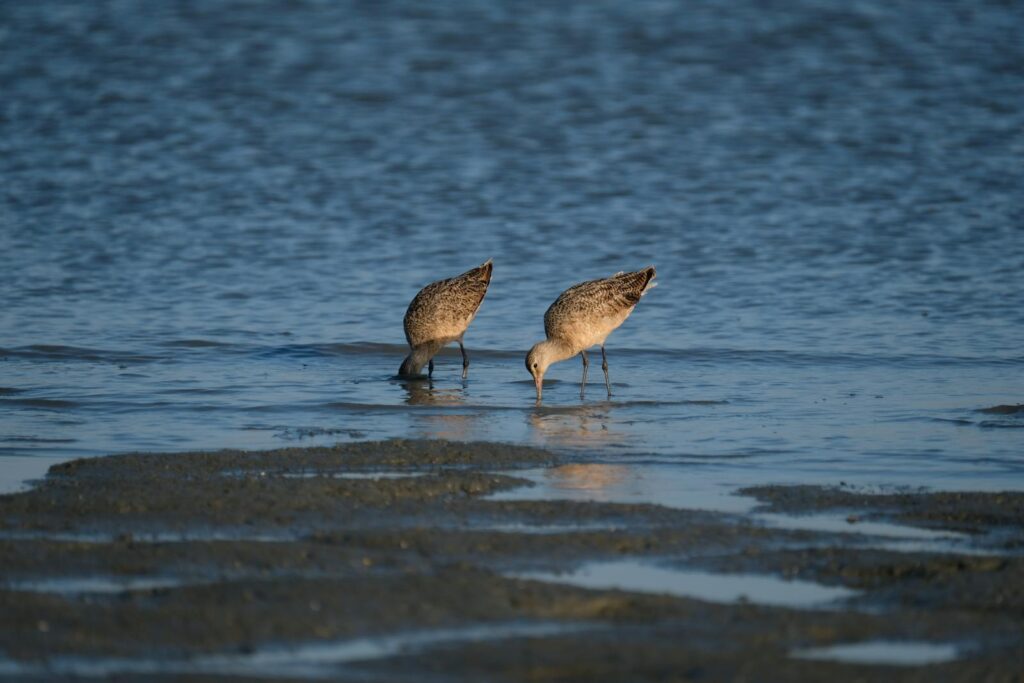
The bar-tailed godwit’s extraordinary achievement represents more than just a biological curiosity – it has fundamentally changed our understanding of what’s physically possible in the animal kingdom. By demonstrating that a bird weighing less than a pound can fly continuously for over a week and cross nearly half the globe without stopping, the godwit challenges our conception of physical limitations. This knowledge has influenced scientific thinking across disciplines, from evolutionary biology to aerospace engineering. For conservation, the godwit’s flight emphasizes the interconnectedness of distant ecosystems and the importance of international cooperation in protecting migratory species. Perhaps most importantly, these marathon migrations remind us that even in an era of human technological dominance, wild animals still achieve feats that would be impossible for our most sophisticated machines to replicate.
The bar-tailed godwit’s record-breaking nonstop flight across the Pacific Ocean stands as one of nature’s most remarkable achievements. By flying 12,200 kilometers without pausing for food, water, or rest, this unassuming shorebird demonstrates the extraordinary capabilities that evolution can produce. As we continue to study these marathon migrants, we gain not only scientific knowledge about the outer limits of avian physiology and navigation but also a deeper appreciation for the natural world’s wonders. In an age where human activities increasingly threaten wildlife worldwide, the godwit’s epic journey reminds us of what may be lost if we fail to protect the complex ecological systems that enable such extraordinary feats of natural engineering. The longest nonstop bird flight ever recorded isn’t just a fascinating statistic – it’s a testament to the remarkable abilities of a small bird facing enormous challenges, and succeeding against all odds.
